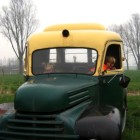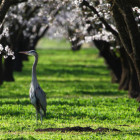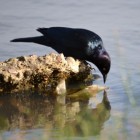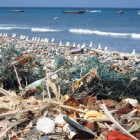
Some Californians seem shocked to hear the water people finally say: “Hey folks, rethink that yard! We don’t have enough water for lush lawns.” Why the surprise? California is the only state in the union where rain doesn’t typically come in summer, which (aside from the gold rush) is why they call it the Golden State. Describing the state’s crispy hillsides as “golden” is much more poetic than burned-out brown. California’s Mediterranean climate zones are perfect places to grow many exotics—almonds, pistachios, olives, citrus fruit, figs, apricots, wine grapes, you name it. Continue Reading →







